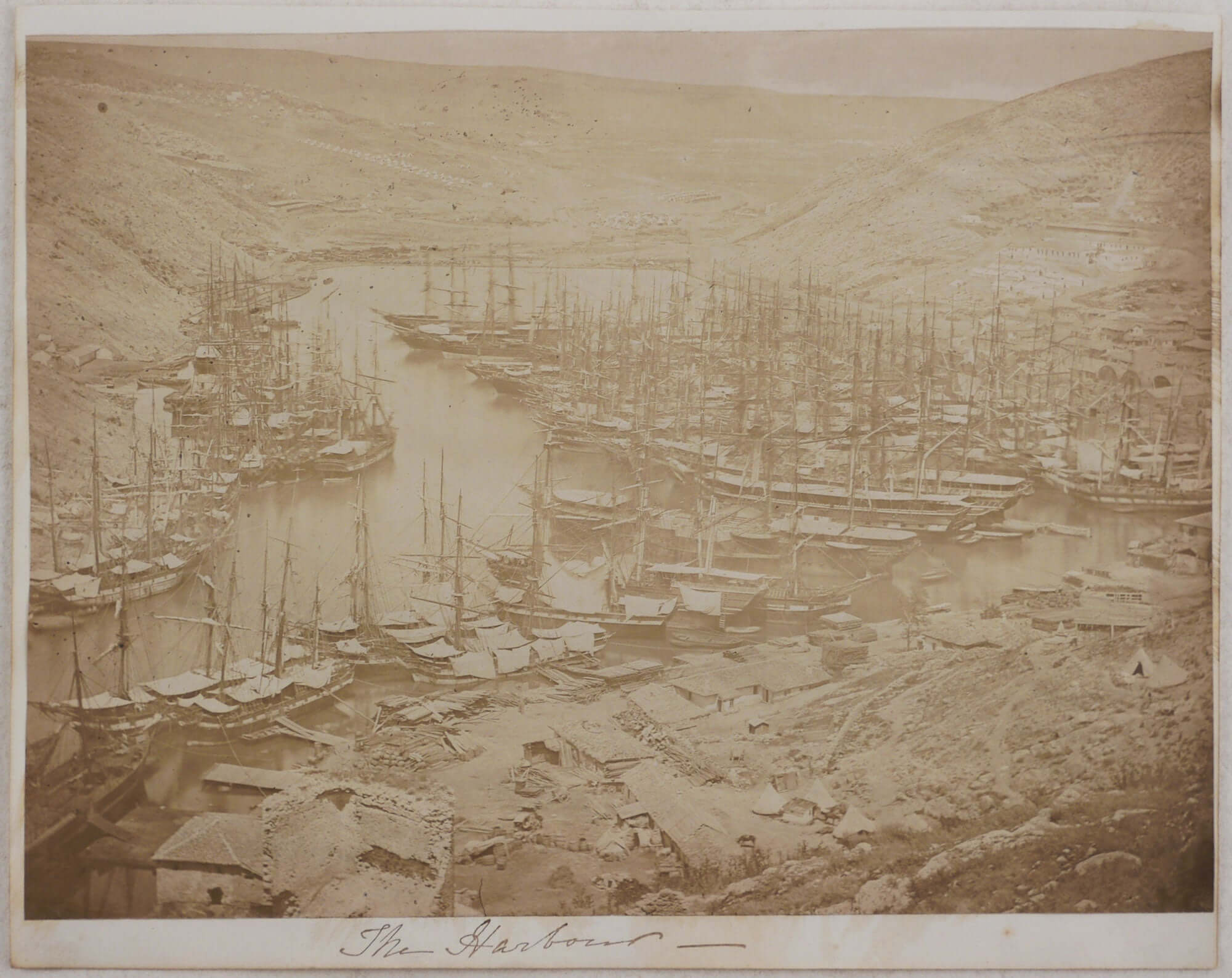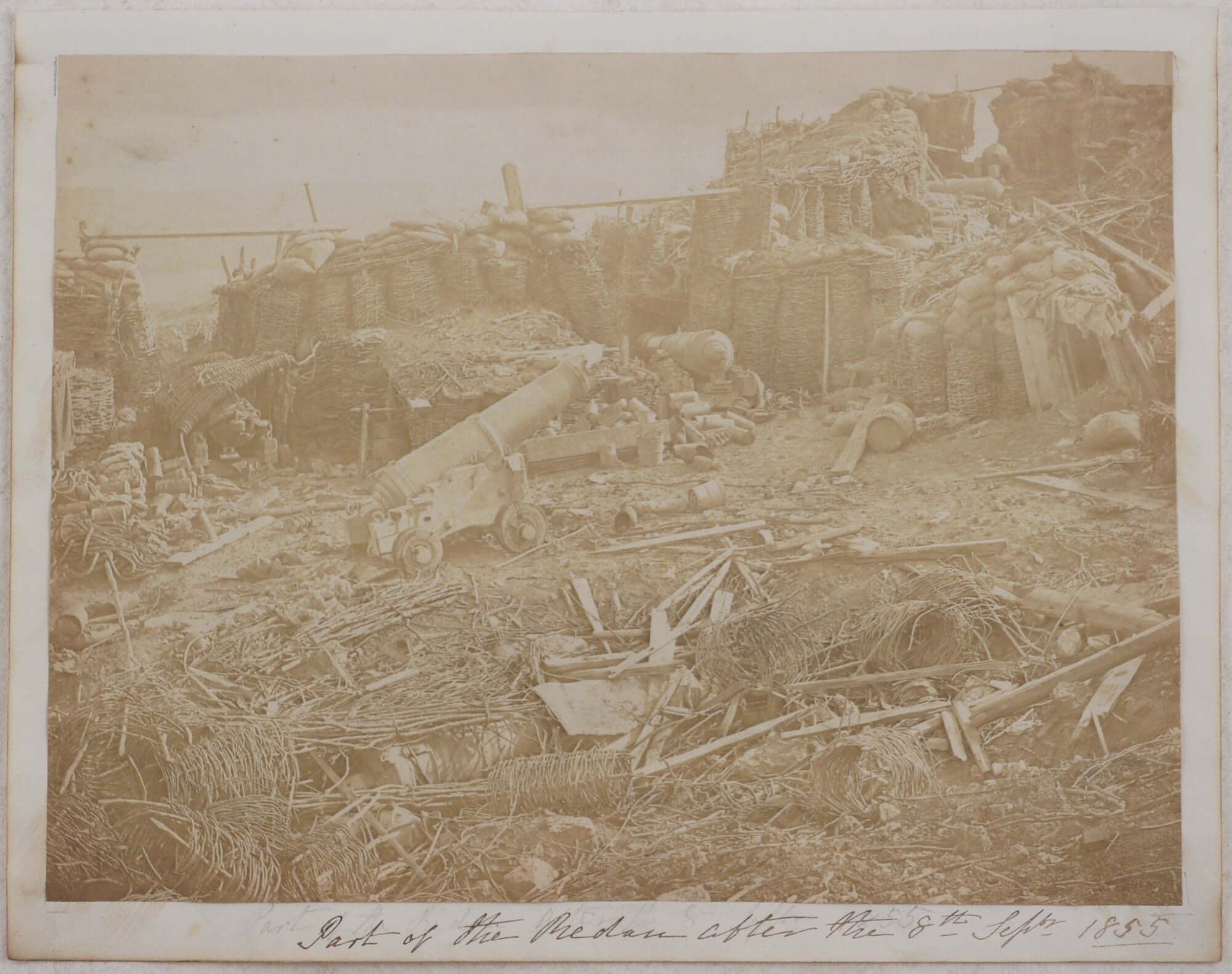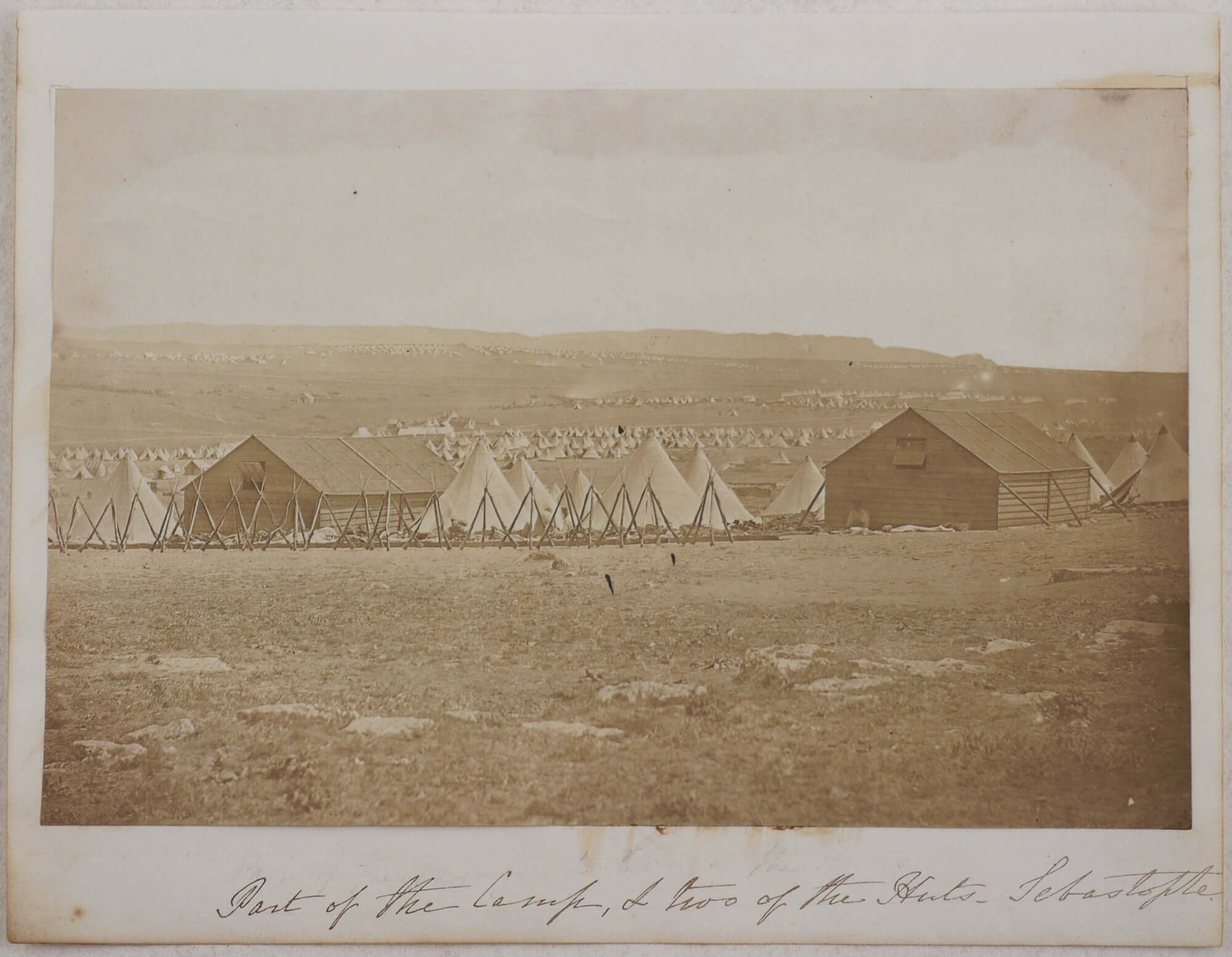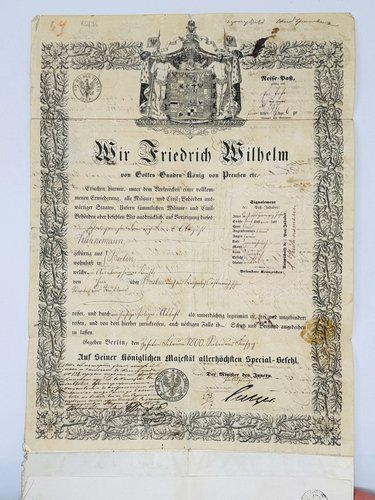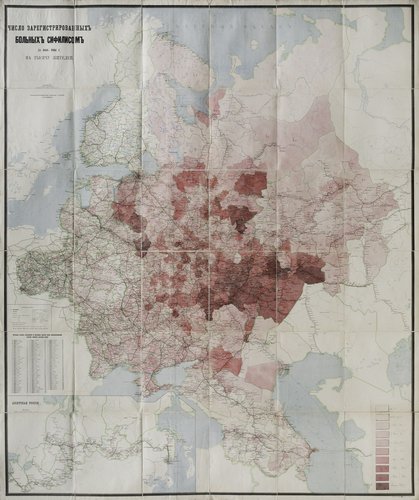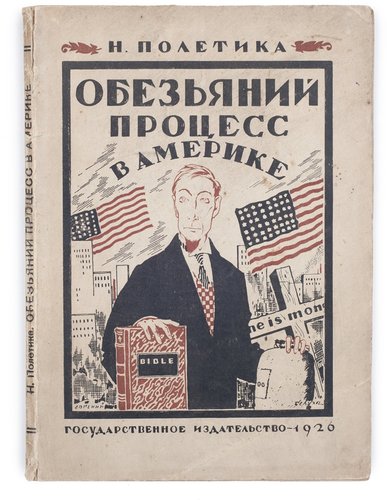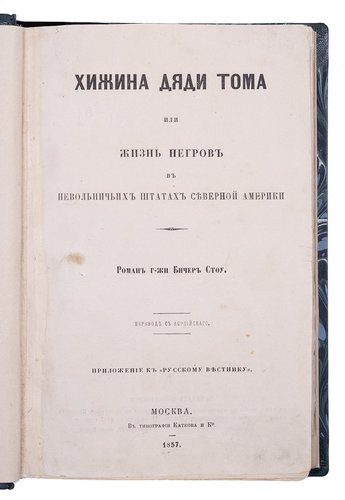
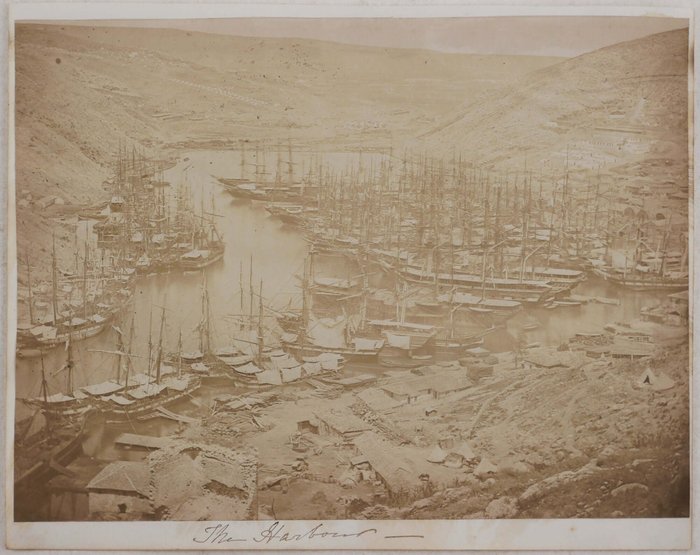

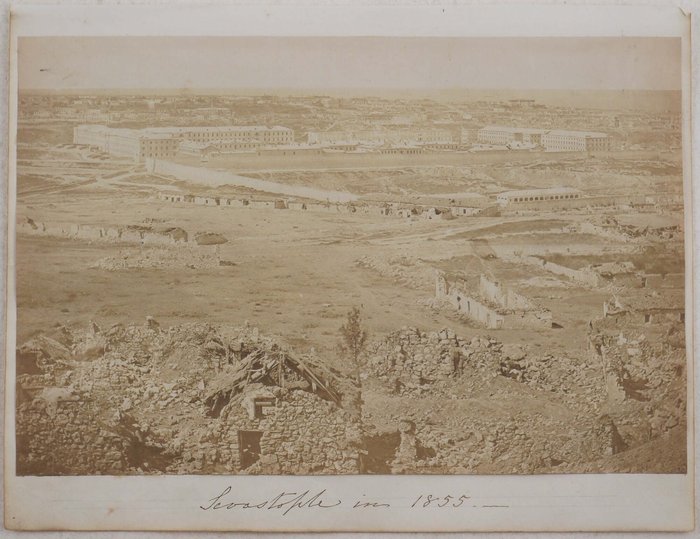


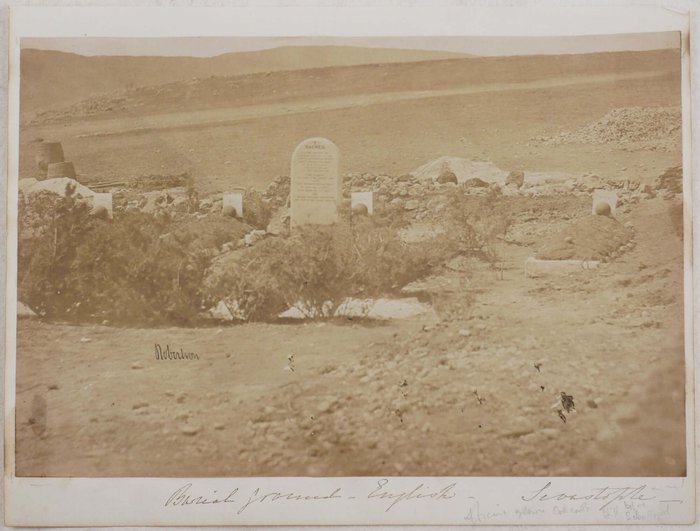
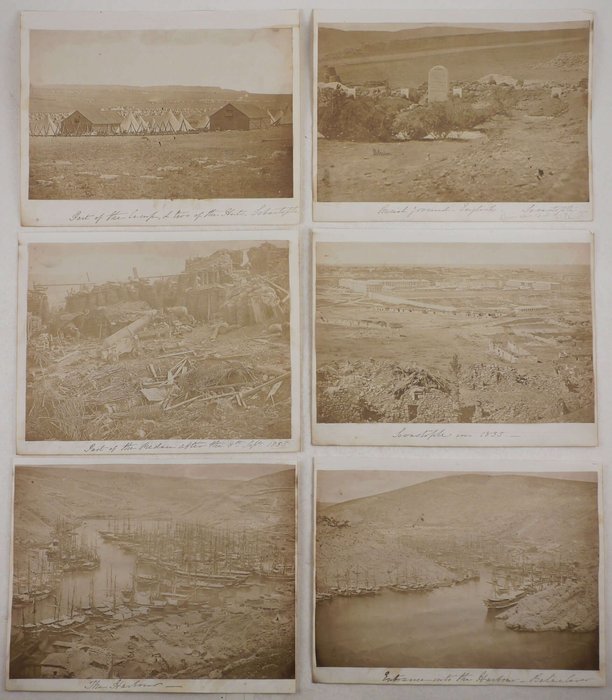
#PC66
Ca. 1855-1856
Six loose original salt paper prints, from ca. 22x29 cm (8 ½ x 11 ½ in) to ca. 19x29 cm (7 ½ x 11 ¼ in). Each photo is mounted on the original wove paper album leaf ca. 23,5x30 cm (9 ¼ x 11 ¾ in) or slightly smaller. All photos with period brown ink captions in English on the mounts; two photos with additional ink captions on verso; one photo is signed “Robertson” in negative. Photos mildly faded, a couple with minor creases, but overall a very good collection of exceedingly rare photos.
Important collection of six rare original salt paper prints, from the famous series of Crimean War views, taken by James Robertson and Felice Beato in 1855-1856.
“As a pioneer war reporter, Robertson paid several brief visits to the Crimea between June 1855 and late spring 1856. <…> By the end of 1854 he had established a studio in Constantinople, from which he sold prints to Western residents of the city, and to travellers passing through. From 1856 he expanded his business by working for a few years with Felice Beato, a photographer who went on later to an adventurous career in the Far East. <…> One of the first war reporters, he [Robertson] had to establish tradition, not to follow it. The pictures for which he is famous are silent witnesses to the cost of conflict. No dead bodies are shown, but the devastation of military fortifications and civilian buildings tells its sobering story. <…> His Crimean photographs were on display in London and some provincial cities from December 1855 to December 1856.” (Hannavy, J. (ed.) Encyclopedia of Nineteenth-Century Photography. New York: Routledge, 2008, pp. 1201-1202). “The Greek work was followed by Robertson’s famous coverage of the Crimean War. The Crimean views are signed in negative with Robertson’s name alone. Evidence increasingly suggests that at least some of the war pictures were taken in collaboration with Beato or by Beato alone working under Robertson’s instructions” (Jacobson, K. Odalisques & Arabesques: Orientalist Photography, 1839-1925. Quaritch, 2007, pp. 264-265).
The images include a view of Sevastopol, which is the left part of a three-part panorama of the city taken from the Malakhov Redoubt (with Russian naval barracks in the centre); the interior of the Great Redan after the Fall of Sevastopol (with visible wicker fencing and sandbags used to reinforce the walls, canons and ammunition); British military camp with tents and two wooden huts; memorial to the officers of he 90th Light Infantry who died during the attack on the Great Redan on September 8, 1855; and two views of the Balaklava harbour – the base of British naval ships during the war. Overall a very good collection of six early very rare original images of the Crimean War – some of the first war photographs in history.
A list of captions: Sebastople in 1855; Part of the Redan after the 8th Septr. 1855 [“A bit of the Redan after the 8th Sept. 1855” on verso]; Part of the Camp & two of the Huts – Sebastople [“A bit of Camp with two of the New Huts” on verso]; Burial ground – English – Sebastople [signed “Robertson” in negative; additional pencil caption on the mount: “officers’ graves, Cathcart’s Hill before Sevastopol”]; Entrance to the Harbour – Balaclava; The Harbour.

